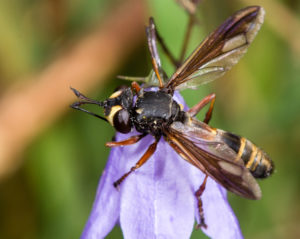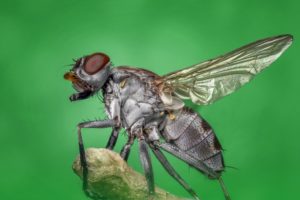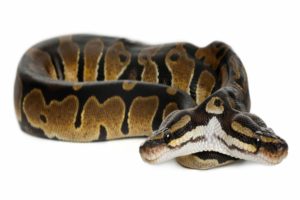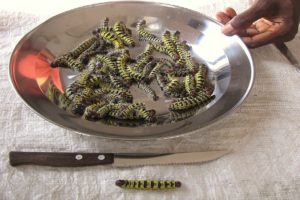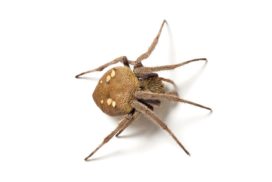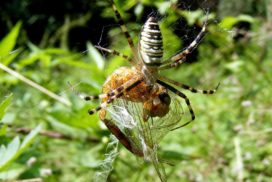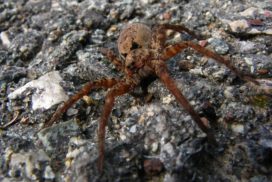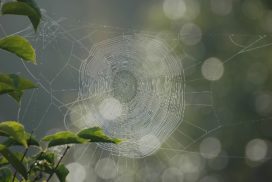HOW ARE SPIDERS ABLE TO CLING TO WALLS AND CEILINGS?
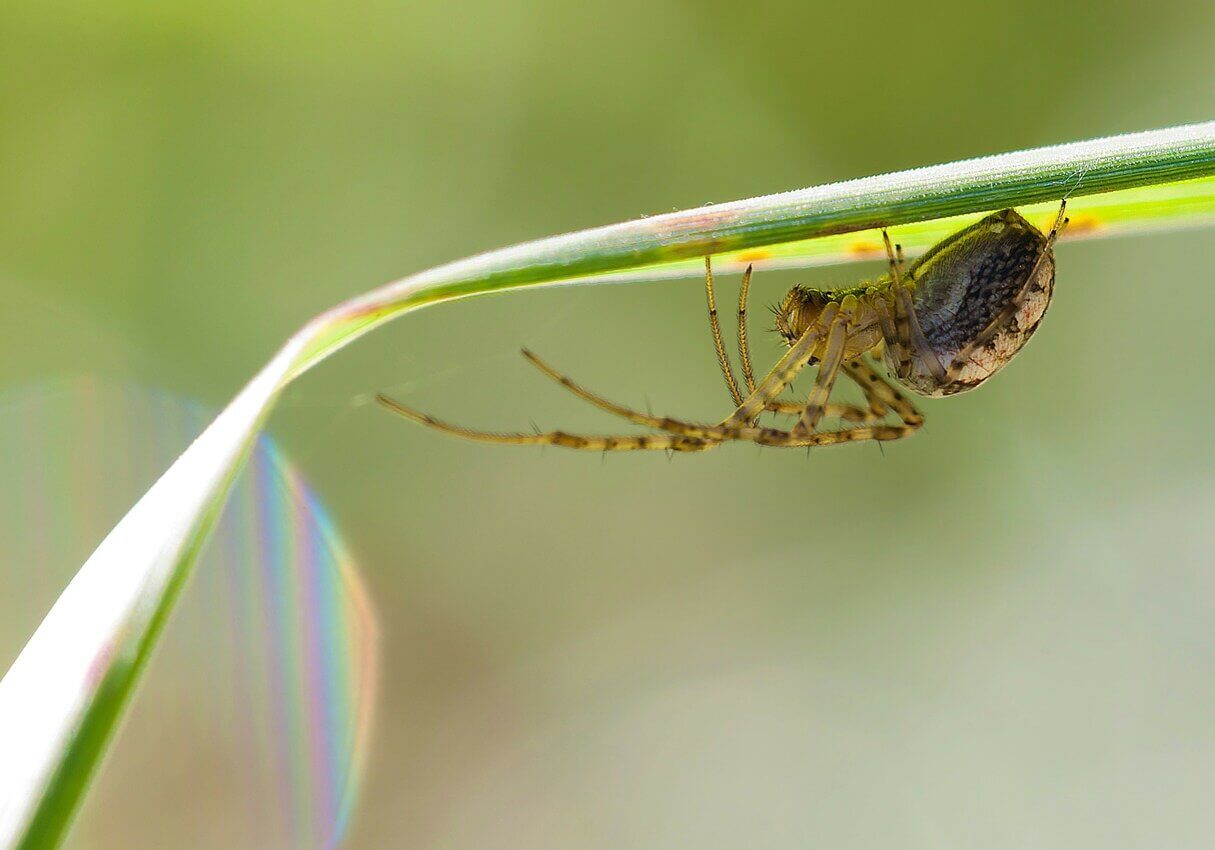
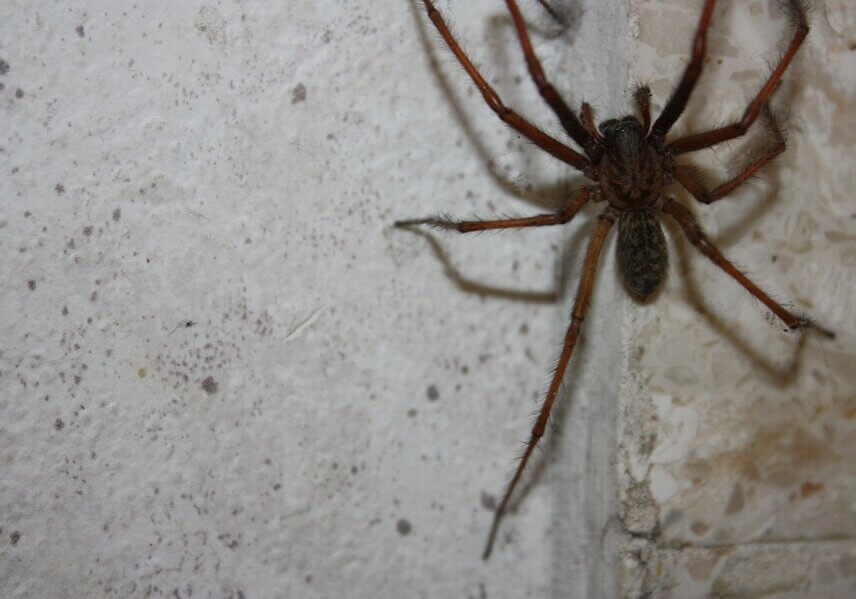
Spider on a wall
All spiders are eight-legged. The secret of their ability to cling to walls is in the design of their feet. According to The Guardian, when scientists examined the feet of a jumping spider under a powerful microscope, they discovered a clamp of minute hairs at the end of each foot.
About 624,000 smaller hairs called setules cover each of the strands. The secondary hairs produce an adhesive force that is so strong that a spider can walk on the ceiling or wall while carrying a load 173 times its body weight. Man is trying to copy the feet of spiders and produce super-strong adhesives.
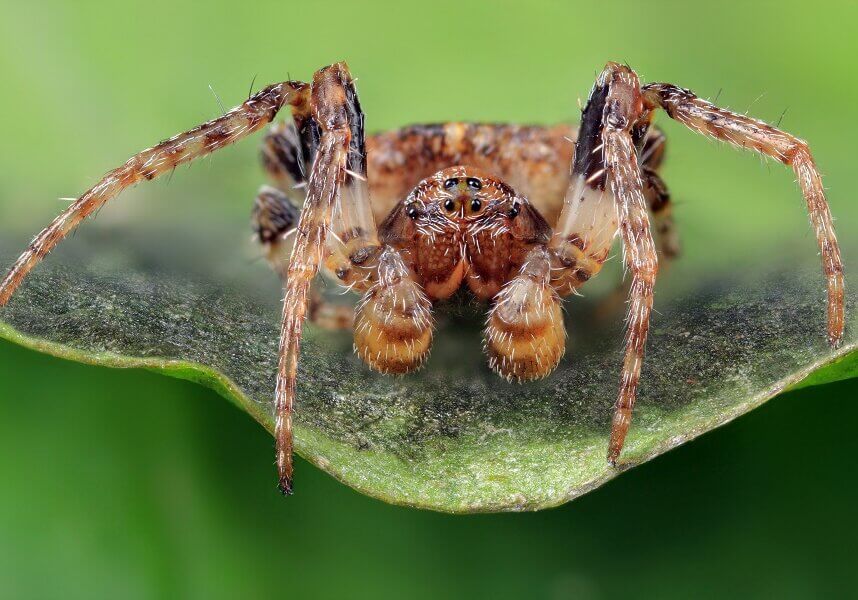
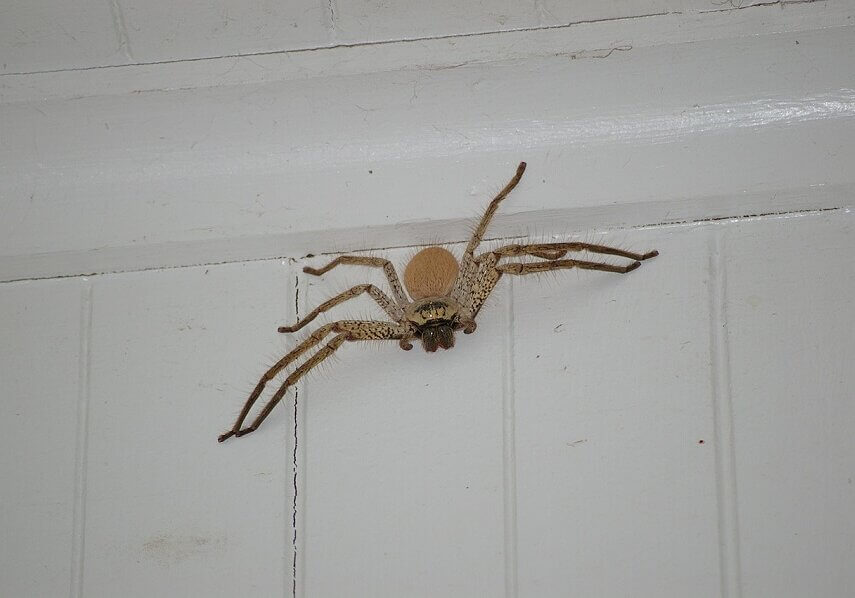
Recent posts
Join us on social media or subscribe!
Sign up to receive our articles in your inbox!
Enter your name and email address below to subscribe.
